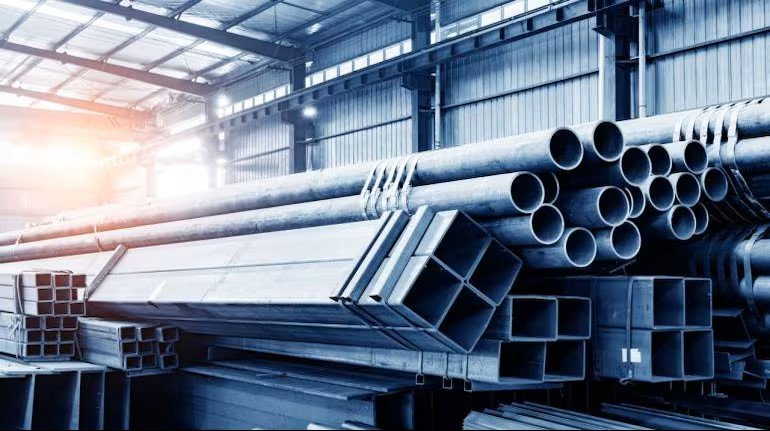
New Delhi | Oct 8, 2025, 14:00 IST — India turned into a net importer of finished steel in September, with imports surpassing exports, according to provisional government figures seen by Reuters.
The Key Numbers
- Finished steel imports in September were about 0.65 million metric tons, down 36.3 % year-over-year.
- Exports of finished steel jumped — up 47.6 % year-over-year — reaching 0.58 million metric tons.
- Domestic production of finished steel in September stood at 13.3 million metric tons, a 14.7 % increase over the same month last year.
- Consumption was about 13.5 million metric tons, up 9 % year-over-year, though it dipped slightly (2.2 %) from the prior month.
- Crude steel output also rose, reaching 13.8 million metric tons, a 15 % year-over-year growth, though marginally lower month-over-month (–1.7 %).
Why Import, When You Produce So Much?
India is the world’s second-largest producer of crude steel. Yet, even while production and exports are rising, it still needed to bring in finished steel in September. This suggests that domestic demand—especially for certain grades or finished product types—exceeded what local mills supplied.
Some contributing factors:
- Specialty & high-end grades may be sourced internationally if not readily produced domestically.
- Lag times in finishing, coating, or processing capacity can force imports to meet immediate demand.
- Price arbitrage or input cost advantages abroad could make imports viable even with domestic activity high.
The government is already considering protective measures. It has recommended a three-year import tariff of 11–12 % on certain steel products — predominantly targeting imports from China — to shield domestic producers.
Market & Policy Implications
- Domestic mills under pressure: Indian steelmakers may face tight margins if imports continue eating into the market for finished steel.
- Tariff measures likely: The government’s proposed import duty could help rebalance imports vs. local supply.
- Supply chain gaps flagged: The reliance on imports hints at gaps in finishing and value-add capacity within the domestic steel ecosystem.
- Demand outlook: With consumption showing growth, demand pressures in the infrastructure, construction, and auto sectors are persistent.
Outlook & What to Watch
- Whether the proposed 11–12 % tariff gets formal approval and how sharply it is applied across different steel products.
- How domestic steel companies scale up finishing, coating, and product-variant capacity to reduce import reliance.
- Month-over-month trends: if imports persist, it could signal structural weaknesses rather than a one-off.
- Impact on steel prices, project costs, and downstream sectors like real estate, rail, and engineering.
Why It Matters: For a country that produces so much steel, being a net importer of finished steel underscores vulnerabilities in product finishing, supply chains, or cost competitiveness. The shift could spur new policy, investment, and industry restructuring.












